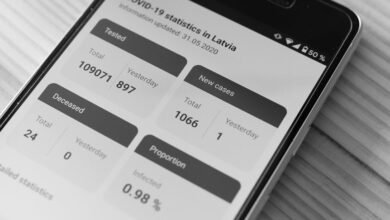Comprehensive Analysis of 6163313594, 6164252258, 6164652454, 6167277112, 6172740274, 6172875387

The analysis of the phone numbers 6163313594, 6164252258, 6164652454, 6167277112, 6172740274, and 6172875387 reveals distinct regional and demographic characteristics. These numbers, originating from specific geographic areas, reflect variations in usage patterns influenced by socio-economic factors. Understanding these dynamics is crucial, as they hold implications for communication effectiveness and connectivity within communities. The exploration of these elements may uncover unexpected insights into local communication trends.
Overview of the Selected Phone Numbers
The analysis of selected phone numbers reveals significant patterns and trends that merit examination. Each number originates from specific geographic regions, reflecting the regional significance of the areas they represent.
Understanding phone number origins can illuminate demographic characteristics and communication networks, ultimately offering insights into community structures. By exploring these elements, one can appreciate the broader implications of these phone numbers within their respective contexts.
Analysis of Usage Patterns and Contexts
Usage patterns of phone numbers reveal crucial insights into communication behaviors across various demographics.
Analysis indicates distinct usage trends, including varying call frequency among different age groups and regions.
Service providers play a significant role in shaping these patterns, influencing accessibility and connectivity.
Demographic insights further illuminate how socio-economic factors impact communication choices, enabling a deeper understanding of the dynamics surrounding these phone numbers.
Implications for Communication and Connectivity
Communication and connectivity are profoundly shaped by the trends observed in phone number usage.
The analysis reveals significant communication barriers arising from outdated numbering systems, which hinder efficient interaction.
Conversely, emerging connectivity trends indicate a shift towards more integrated communication platforms, enabling seamless exchanges.
Understanding these dynamics is crucial for fostering an environment that enhances accessibility and freedom in personal and professional communications.
Conclusion
In summary, the analysis of the selected phone numbers unveils a complex tapestry of regional demographics and usage patterns. As the data unfolds, it hints at deeper societal trends and potential barriers in communication. The implications of these findings suggest a pressing need for tailored strategies to enhance connectivity. Yet, as the landscape continues to evolve, one must ponder: what unforeseen shifts lie ahead in the realm of communication, waiting just beyond the horizon?





